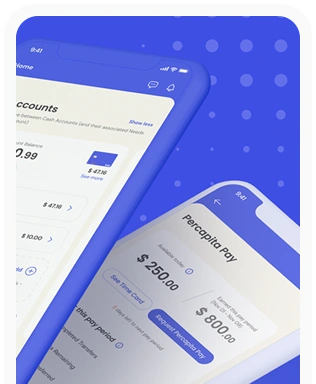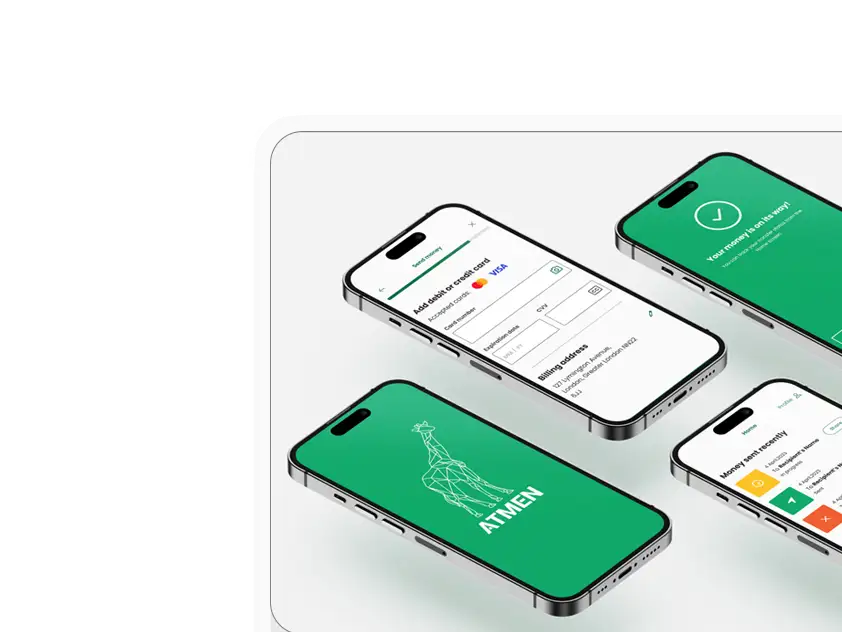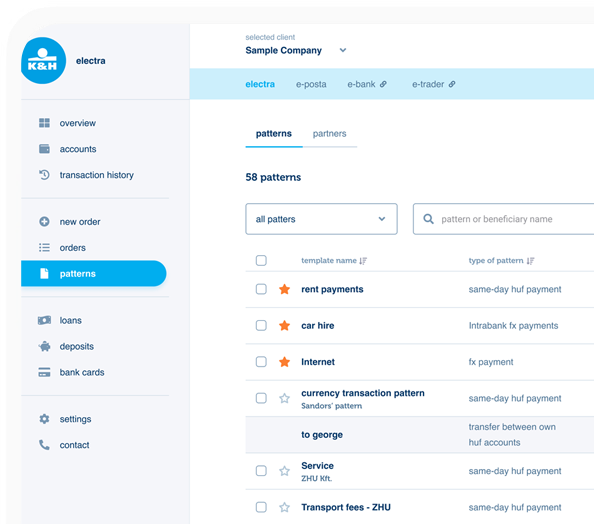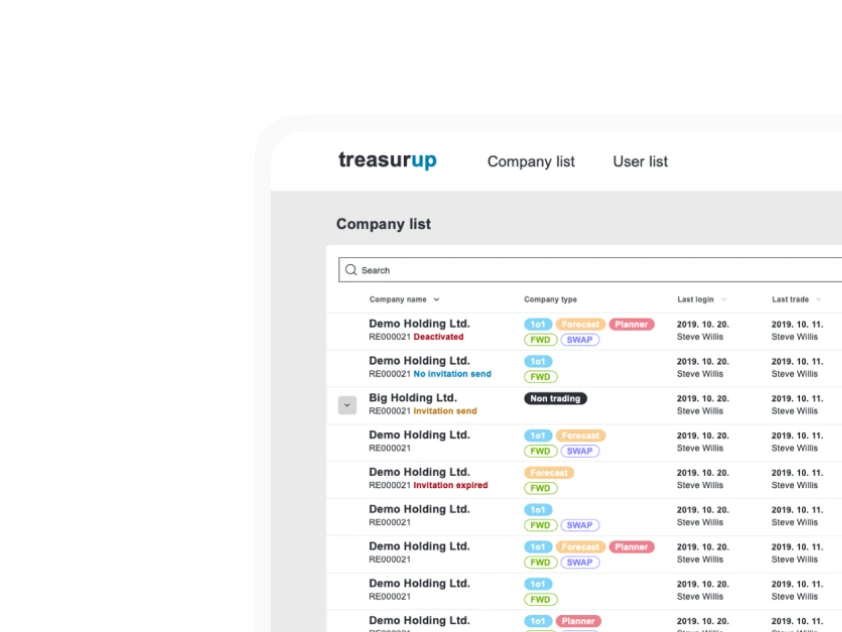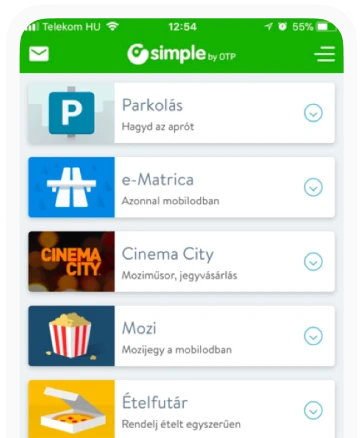From Good to Great: Jared Spool on the True Value of UX
As a UX professional, one of the most common frustrations is holding the key to understanding users, yet often being treated as a mere executional or service function within the company. How does a UX team evolve from a reactive "clean-up crew" to a proactive, strategic partner that drives business decisions? We discussed this with Jared Spool, co-founder and co-CEO of Center Centre, one of the industry's most influential voices. Drawing on powerful stories from a streaming giant and Disney, Spool dismantles common myths about the value of design and provides a clear framework in four dimensions for any team to start delivering strategic, outcome-focused results.
Let's start with a common challenge: the disconnect between UX’s perceived role and its actual value. As we recently discussed with Jakob Nielsen, despite not knowing everything, UX holds the key to what users truly need. Yet, too often, UX teams are treated as a service function, visualizing ideas and running tests, while core product decisions happen elsewhere. The question is: How do we finally bridge that gap and demonstrate our strategic worth to business leaders?
Jared Spool: I think of UX as a lens. It’s a way of looking at the world where we ask: What would benefit both the organization and the people it serves? This includes users, customers, and employees, but also people who are affected by the organization's work without even knowing it exists. You see this often in government, where decisions are made that affect people who have no idea who made them or how.
So, our focus is on that lens. While UX people don't know everything – nor does anybody else – what we do best is convey the actual experience of the people out there and then discuss how we can improve it. We prove it to the business by showing how a poor UX prevents the company from achieving its goals, or how it creates an opening for a competitor to come in and serve those users better.
.jpg) Jared Spool
Jared Spool
Could you share a concrete story from your experience of how a team achieved this?
Jared Spool: Sure. I wrote an article a while back about a team at a large, popular streaming content provider. The organization was highly focused on customer retention. They had hundreds of millions of users, so even a small percentage of subscribers leaving each month represented a huge number of people and tens of millions of dollars in lost revenue. For years, they had been trying to improve retention but had only managed small, incremental gains.
When the UX team started to work more strategically, they almost immediately found something that wasn't hard to see – they just had to know where to look. They discovered a whole underserved audience: people who were signing up for very short periods because that's all they could afford, and then they would take a break.
As the team explored this group's experience, they noticed that the process of stopping a subscription and rejoining later was incredibly problematic – onerous is the word I would use. It was a very poor experience. As a result, these people were quitting and not coming back. The team realized that if they made the experience of quitting and restarting almost frictionless, these people would quit and come back repeatedly – particularly if there was new content they wanted. By making the experience better, they increased revenue by tens of millions of dollars every year.
In that story, did the business give the UX team a mandate to discover this?
Jared Spool: No, the business was focused on a different approach entirely. The UX team just did what a good UX team does: they set out to explore the user experience. This highlights the difference between tactical and strategic UX. Tactical UX is reactive. You wait for the business to tell you what to do. In contrast, strategic UX is proactive. You understand the business objectives without having to be told, and you ask, "How would a better user experience help us achieve those objectives?"
I sometimes see that businesses want to solve problems on their own, but also that UX professionals themselves can have lower ambitions in these situations.
Jared Spool: Yeah, that's bullshit. First, anyone can be bad at their job, and people who want to do things on their own instead of working as a team are bad at their job. So, yes, there are plenty of people who are bad at their jobs; I'm not talking about them.
The idea that UX people have low ambition is almost always a myth. The real problem is that UX professionals have been so immersed in a world of only tactical UX that they don't know how to behave strategically. It’s not a factor of ambition; it's a factor of not knowing this other approach exists. Tactical UX people are like fish in water – they don't know any other environment.
This is such an important topic. I was with a client today struggling with this exact problem. They have talented people, but they don't know how to get closer to the decision-making points. How can they learn this strategic approach?
Jared Spool: Sure. There are basically four dimensions to working strategically. First, you have to move from being output-based, where you focus on what you deliver, to being outcome-based, where you focus on the change you're trying to make in the world. In UX, the change is all about the experience of users. You have to ask, "How do we make users' lives better?" and "When we do that, how does it benefit the organization?" It's not about what you deliver; it's about ensuring that what you deliver actually improves lives.
The second is moving from being product-focused to being experience-focused. It’s not just "What can we do to make the product better?" but "How do we make the experiences of our users, customers, and even people who don't know we exist, better?" We do that through the product, but our focus has to be on the experience.
The third dimension is being proactive versus reactive, which I mentioned earlier. You don't wait for the business to ask you to do something. You understand the business well enough to drive its decisions. Business is all about making decisions, but if you don't have research to drive those decisions, you're just guessing. Most businesses today are guessing what their users need. Even a major business decision like an acquisition or merger should be driven by user research.
And the fourth dimension is moving from delivering course-corrective feedback to building expertise throughout the organization. The organization becomes successful when everyone is an expert on who the users are, what they need, and what their current experiences are like.
 Photo: Ethel Merman
Photo: Ethel Merman
So when we talk about UX aligning with business goals, it’s not about the business driving improvements, but about our understanding of the users driving them?
Jared Spool: Yeah. Everything we do should be adding value.
Because in many cases, the business has several ideas, and we just pick the best one.
Jared Spool: But where do those ideas come from?
Usually from the gut.
Jared Spool: They pull it out their ass. That's really what it is. And that's where we add value. Tactical UX runs like a dry cleaner. You find a stain, you take it to the dry cleaner, they clean it, and you don't think about them again until the next stain. UX in many organizations works exactly that way: a purely functional service operation to clean up messes. But the dry cleaner isn't a very important part of your life.
Organizations work best when their customers are the focus. Everybody says that, yet most don't operate that way because the UX people don't know how to work in any mode other than the dry cleaner mode.
Let's talk a bit about the Kano model. You've used it to frame the value of experience.
Jared Spool: The Kano model is a way to think about value. It's a model. All models are flawed, but some are useful. The Kano model is a useful way of thinking about how people perceive the capabilities you've invested in your product. Think of experience on a scale from extreme frustration to extreme delight. Everything below the neutral line is frustrating for the user. This frustration often comes from a lack of investment in the right things. It shows up as missed expectations (the product doesn't do what the user thinks it should), unmet needs (the product doesn't provide what the user requires), or excessive burden (the product does what's needed, but clumsily). This is what we can call poor UX.
If we get just above the line to neutral, we're in a world of good UX. We've met the user's expectations. With poor UX, people will complain. With good UX, they won't say anything. I have a toilet in the room across the hall. It does exactly what I need it to do, so I don't talk about my toilet. It's not interesting. If it didn't work, I'd tell everybody not to buy that toilet.
However, there's another region here, and that happens when we exceed expectations, anticipate latent needs, and eliminate burden. This is what we call great UX. Tactical UX can take us from poor UX to good UX. But it does not get us to great UX. When we talk about "delighters" in the Kano model, we're talking about what happens when we achieve great UX. The important thing is, customers will pay a little more to go from poor to good, but they will pay a lot more for great UX. If you really want to be competitive and add value, you have to focus on exceeding expectations, anticipating needs, and eliminating burdens.
Can you share a success story of an organization delivering that great UX?
Jared Spool: I have lots of stories, but one I like to tell is about Disney. A friend of mine was taking her kids to Walt Disney World, and she was very ambivalent, thinking, "This is so expensive, what's the big deal?" On the first night, one of her sons develops an ear infection and is screaming in pain. She's watching this expensive vacation get ruined.
She calls the front desk in the middle of the night, and the person says, "I know exactly what to do." They send Disney's private ambulance to take them to a hospital. He explains that after the hospital, she is to call the front desk back, and they will send an Uber to bring them back, free of charge. Then, for the next day, they will provide in-room entertainment so the child can still have a good vacation while he recovers. This is a perfect example of exceeding her expectations and anticipating her needs. Now she completely understands the value of Disney, because they are so focused on everyone having a good time, even when they're having a bad time.
For my last question: To bring UX to the next level, what is the biggest challenge we face?
Jared Spool: I think the UX effort at every organization should be 85% strategic and 15% tactical. Organizations have to behave differently. That experience at Disney did not happen by accident. It was a designed experience. They have millions of customers, so they know people get sick. They designed a whole process for it, trained the organization on it, and they know that when they do it well, they'll have customers for life.
So, if I'm on a team and we want to switch from tactical to strategic, what should we do tomorrow?
Jared Spool: Focus on outcomes. Change your focus from the product to the experience. Become proactive. And concentrate on building expertise.


